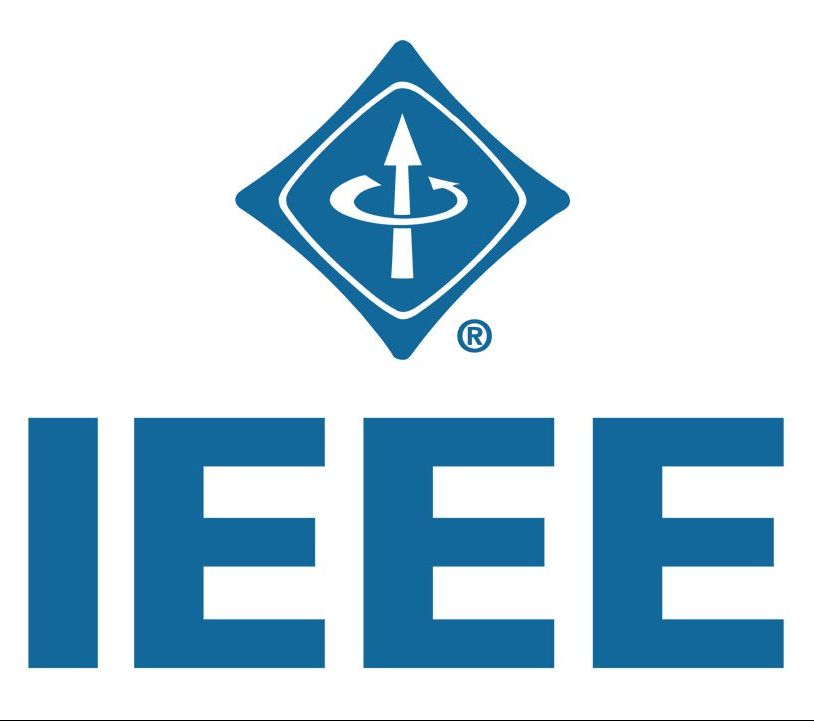What is IEEE 1656?
IEEE 1656 is titled as a “Guide for Testing the Electrical, Mechanical, and Durability Performance of Wildlife Protective Devices on Overhead Power Distribution Systems…” IEEE 1656 provides a list of detailed procedures for testing devices designed to protect wildlife from contact with energized parts of electrical power systems.

Guide vs. Standard, What’s the Difference?
- Guide: A guide, like IEEE 1656, gives recommended practices and procedures to follow. It is more flexible and serves as a comprehensive resource for understanding best practices in a specific area. Guides are not mandatory requirements.
- Standard: A standard, on the other hand, defines mandatory requirements and specifications. Compliance with a standard is typically required by regulatory bodies or contractual agreements. Standards are less flexible and provide exact criteria that products or processes must meet to ensure consistency, safety, and quality.
What Does It Mean to Be IEEE 1656 Compliant?
To be IEEE 1656 compliant means that a product has been tested according to the procedures outlined in the guide and meets the recommended performance criteria. IEEE 1656 applies to wildlife protective devices used on overhead power distribution systems. These include:
- Insulating covers
- Bird diverters and guards
- Animal barriers
- Perch management devices

While IEEE 1656 itself is not a standard, following some of its more valuable guidelines can help companies to test products against a recognized benchmark for performance.
How IEEE 1656 Measures Product Quality
IEEE 1656 measures electrical performance by testing products to withstand high voltage levels without breakdown or failure. Mechanical performance assesses the physical robustness of the devices against environmental conditions like wind, rain, and extreme temperatures. Durability performance is measured by accelerated aging tests that simulate years of exposure to harsh environmental conditions to ensure the device will last as intended.
Evaluating products against key principles of IEEE 1656
While IEEE 1655 is a guide, there are several key principles it provides that are effective for evaluating the quality of product you may be purchasing:
- Material Evaluation vs. Product Evaluation
Material evaluation focuses on assessing individual material properties under controlled conditions to predict long-term performance and durability. By testing the material rather than the entire product, you can understand how the material itself reacts to environmental stresses without the limitations of variations due to shape and structure. Material samples thus allow for precise results. In contrast, product evaluation examines the entire product’s ability to withstand real-world conditions. Product evaluation is effective when performing tests involving wind and temperature, allowing for comprehensive testing of its overall physical durability and functionality. Rauckman, for example performs wind testing up to 120 mph, double the guide recommendation of 60 mph.
Together, both evaluations provide a thorough understanding of both the materials used and the final product’s reliability and lifespan.
- Simulating Degradation in the Field: UV Aging
Material evaluation for UV aging involves creating controlled environments that mimic real-world UV exposure conditions and assessing the mechanical properties over extended periods. For instance, Rauckman Utility Products conducts UV testing on material samples for over 1000 hours to ensure performance. Accelerated UV aging tests help simulate long-term exposure to sunlight, predicting the material’s lifespan and reliability when combined with other tests. Performing mechanical tests before and after performing the UV aging tests on material samples allows for a thorough evaluation of the products durability over time.
- Fire Resistance: UL V-0
While IEEE 1656 outlines different options for flame resistance testing, UL V-0 is certainly the most thorough and rigorous. Vertical flame tests are conducted to assess if the material self-extinguishes quickly and does not produce flaming droplets, offering a more stringent evaluation than horizontal tests. A V-0 rating signifies the highest resistance to flammability, ensuring the material can withstand severe fire conditions without significant degradation. Proper documentation is crucial, as materials achieving a V-0 rating are deemed to have superior fire resistance.
UV resistance and flammability are the important tests to ensure environmental resistance. When combined with other mechanical tests outlined in IEEE 1656, the key testing principles applied on material samples can allow you to evaluate a products quality and ability to last.
Unlike a standard, which specifies strict requirements, IEEE 1656 offers flexible practices tailored to wildlife protection, addressing unique challenges in preventing wildlife-related outages.
Benefits of IEEE 1656
- Enhanced wildlife protection, reducing wildlife injuries and fatalities.
- Increased reliability of power systems.
- Improved product quality, robustness, durability.
- Cost savings by reducing wildlife-related incidents that require repair.

Rauckman Wildlife Protection
Rauckman products are high quality and rigorously tested to exceed many of the IEEE 1656 standards. Contact us today to request a quote or to ask any questions regarding our products.


